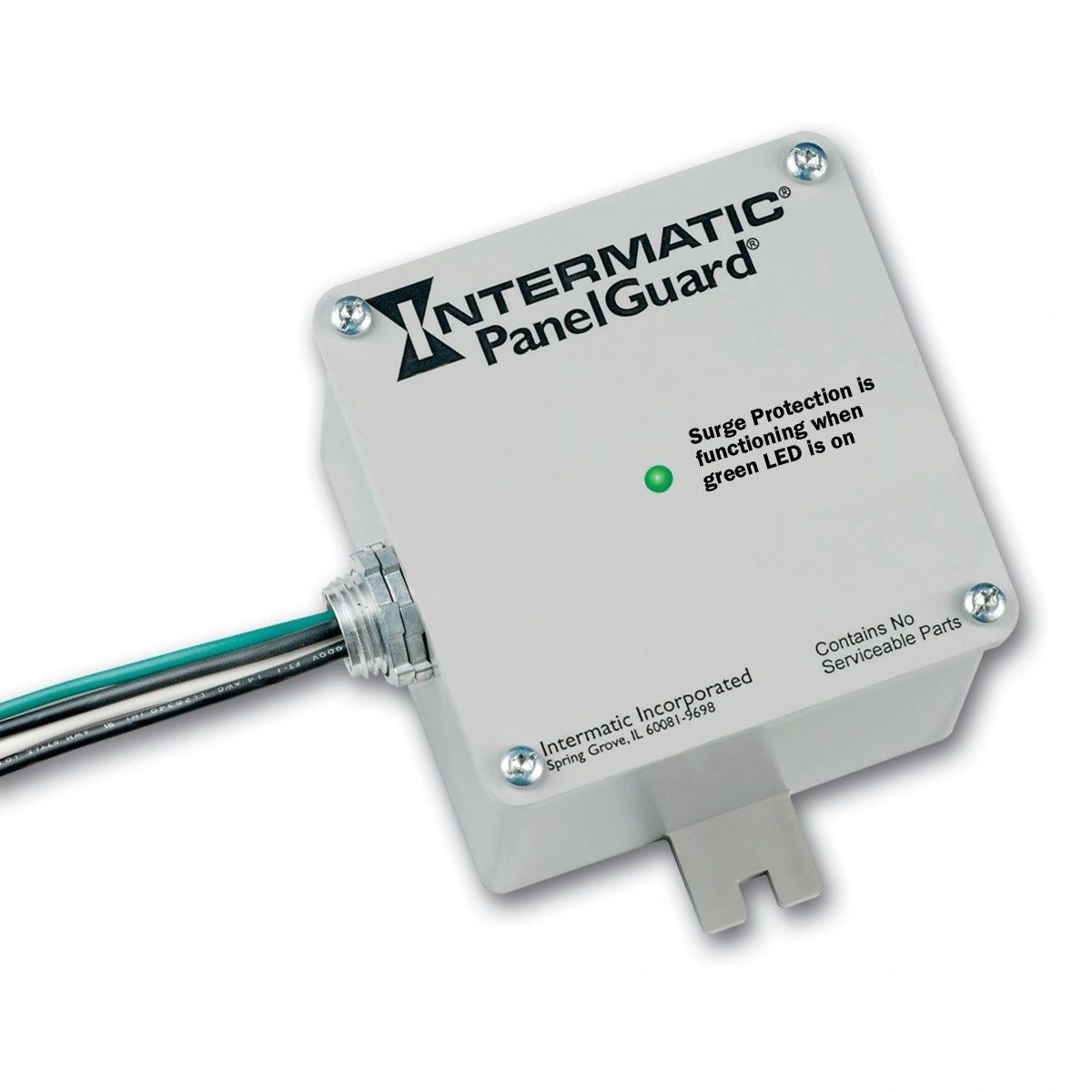Dependable Service since 1999
561 748-7575



Sales and Installations
We will recommend the right surge protector and provide expert installation safe guarding your home or business
Surge protectors ave available to protect power devices, video, media, & telephone
Whole house surge protectors can prevent the electrical components of home appliances from damaging power surges created by external sources. These surges converge on the power lines of your home as a result of downed transformers, power grid interruptions, animals touching power lines and sometimes lightning and then redistribute themselves throughout the internal wiring of your home all at once. Because of this redistribution, the more electronic appliances you have the more risk you take by not utilizing the proper whole house surge protector, which is designed to prevent this from happening.
Power surges aren’t a new phenomenon. They have been around as long as we have been using electricity. The reason you are hearing more about them today is due to technological advances producing smaller and thus more vulnerable circuitry in our electronics. By design, these microprocessors cannot bear the effects of constant power line fluctuations. Of course, you can connect your appliances to individual surge protectors, but external surges carry far greater transient voltage than an internally created surge, which can overwhelm your individual protector and melt the components of the equipment connected to it.
What Is The Difference Between Internal And External Power Surges?
If you are unsure of what a power surge is, it’s simply a spike in the amount of current traveling through an electrical wire. The spikes are very brief, typically a millionth of a second, but can vary in length and in magnitude. Magnitude meaning, the surge could carry a few hundred volts to several thousand. In the
For one thing, internal surges are more common. Point-of-Use surge protectors are made to connect to individual appliances and stop lower end surges from causing damage. They are typically created by high-powered appliances turning on. These appliances include washer and dryer units, HVAC systems, window air conditioner units and refrigerator compressors. Point-of-use devices clamp surges at a lower voltage, detecting and stopping the slightest surge (as minimal as 330 volts) before it can wreak its havoc.
External surges have much more power behind them and can affect all devices in the entire home regardless of the point of entry. Because they are made to defend against larger surges, whole house surge protectors clamp at higher voltages (usually starting at 500 volts). The downside of this is that smaller surges will still get through, unless you have a second line of defense (point-of-use device) to protect you. With consideration to lightning, it is unlikely that any device will protect against a direct hit on a power line, even from several miles away.
A whole house device can also prevent house fires that start because of faulty wiring. Several home fires are reported every year due to faulty wiring being ignited by power surges overheating it.
Call Today for Dependable Service 561 748-7575
